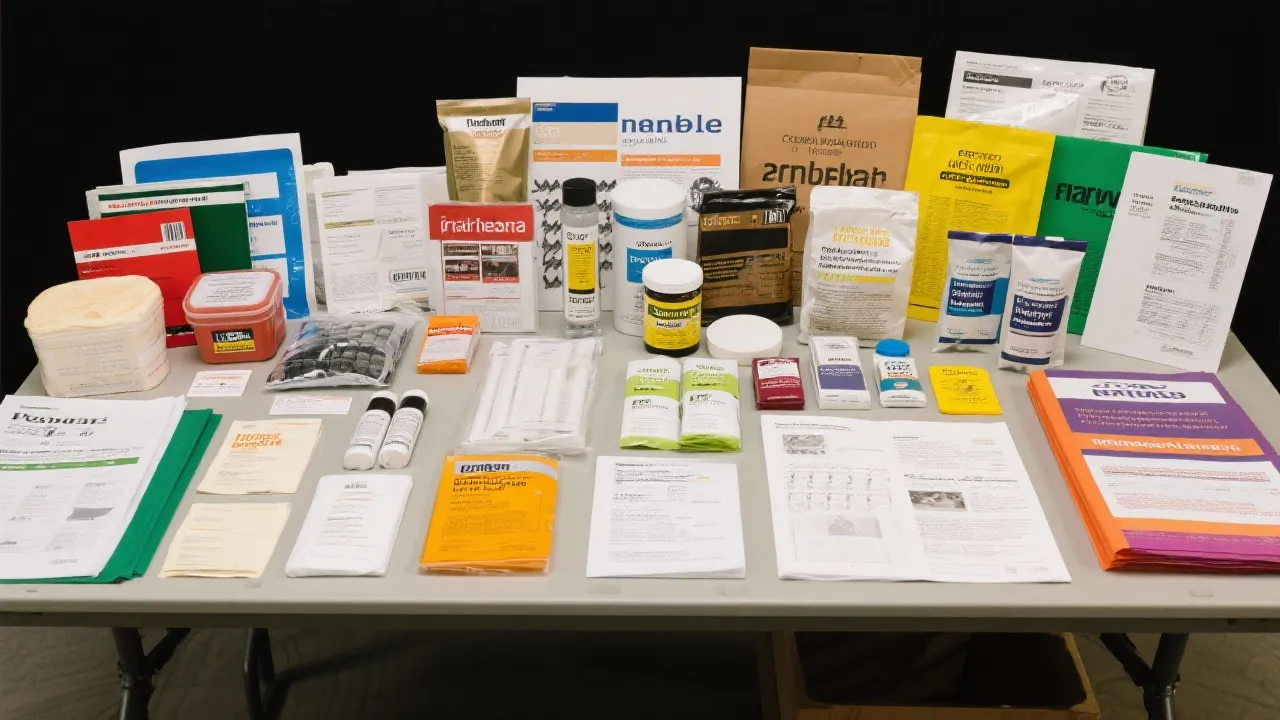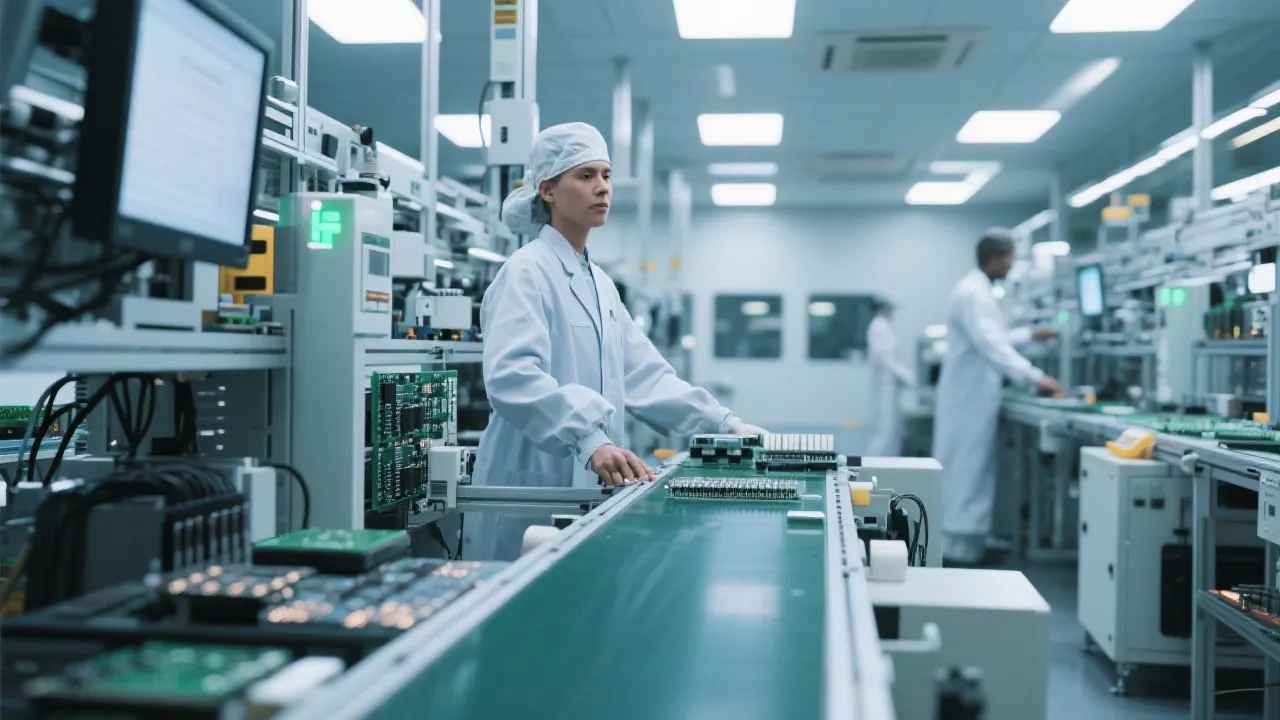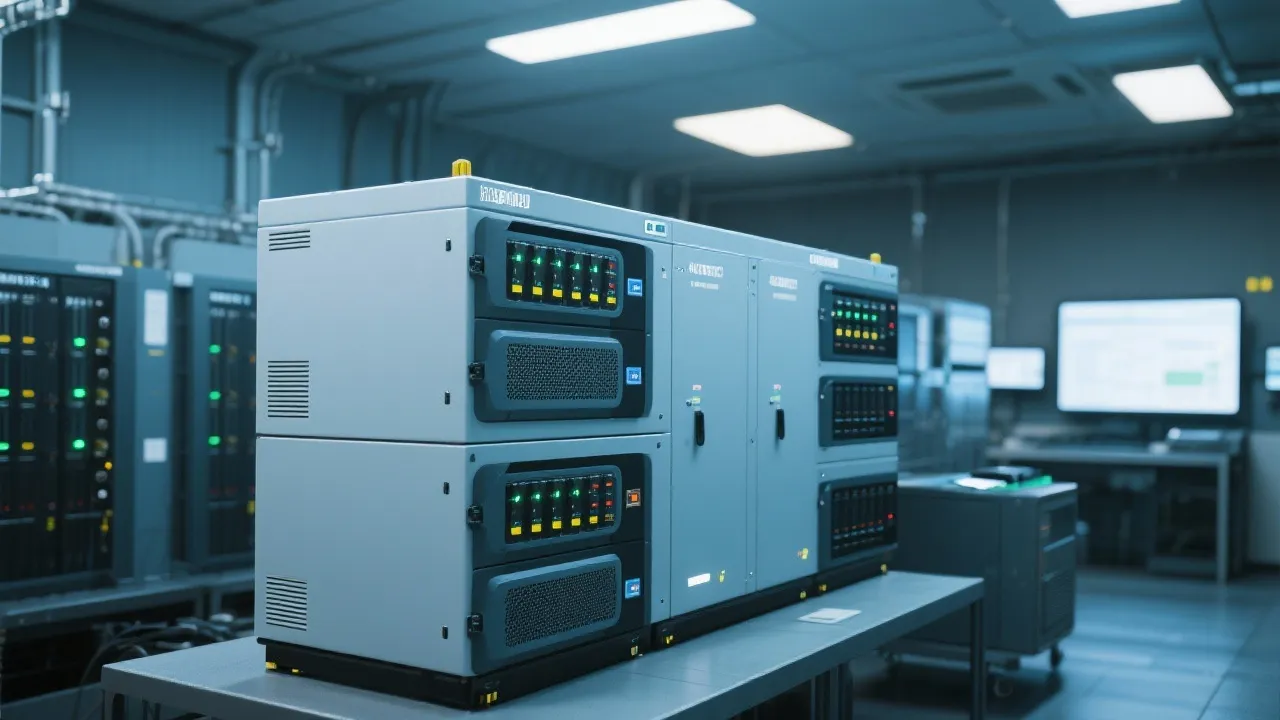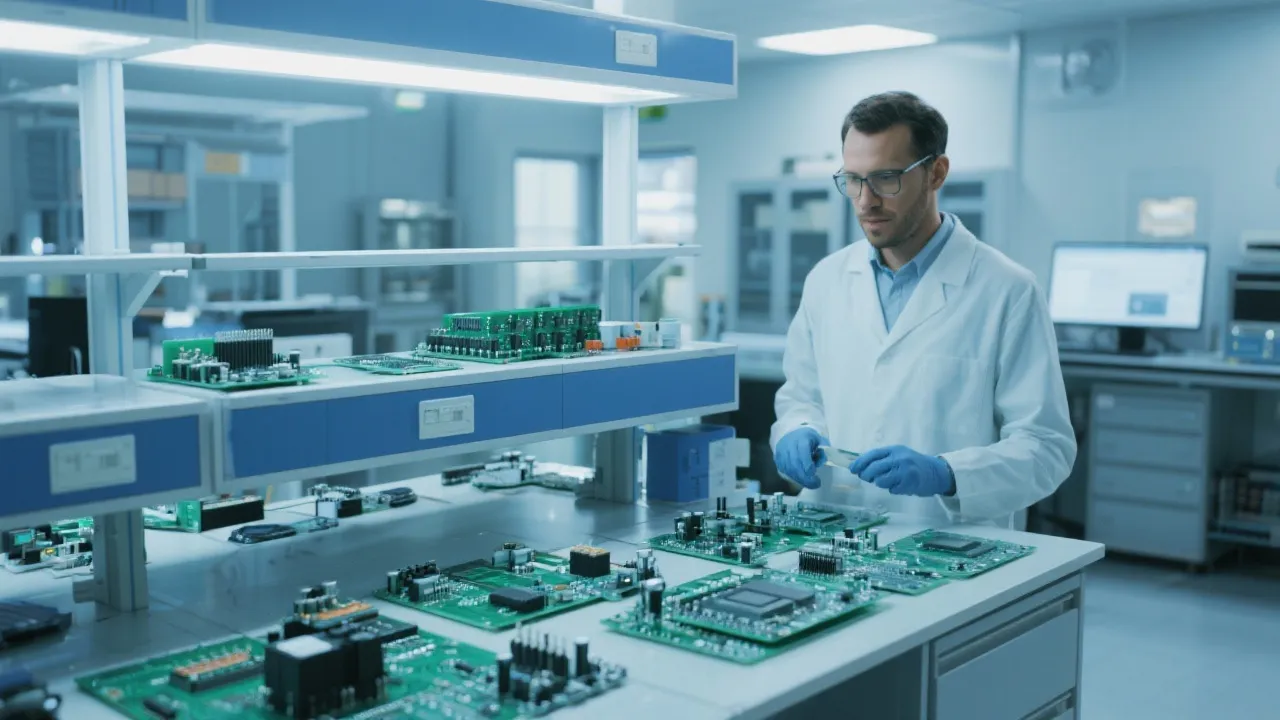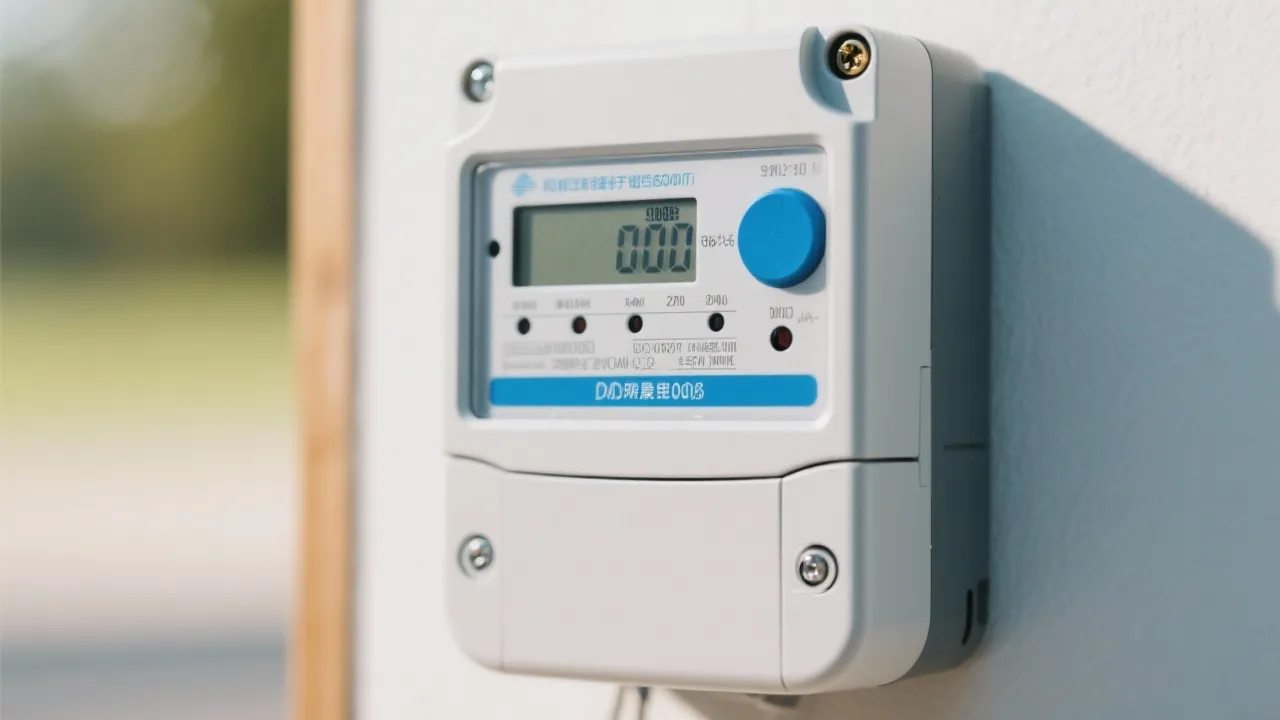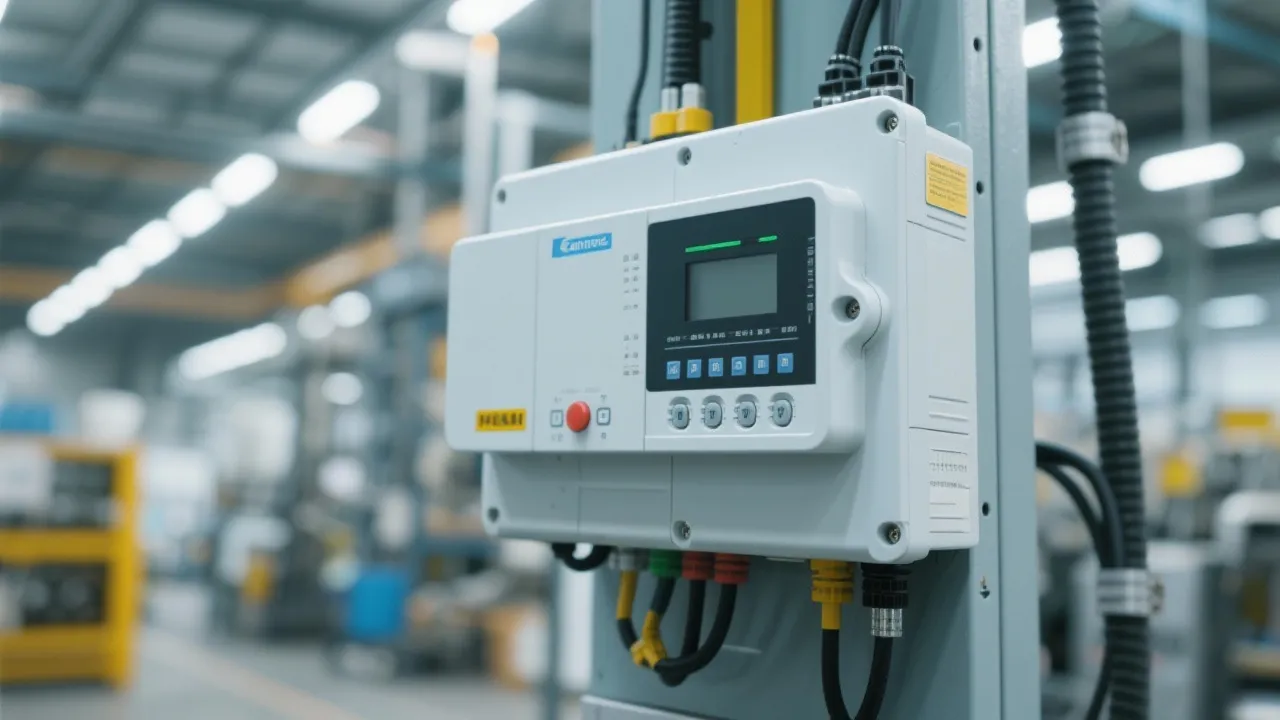Understanding the Capillary Viscometer
In the realm of fluid dynamics, the capillary viscometer stands out as a crucial device. This instrument is designed to measure fluid viscosity, offering insights into a substance's resistance to flow. It is integral to industries ranging from oil and gas to pharmaceuticals. By channeling fluids through fine capillaries, it allows scientists to ascertain viscosity with precision, contributing significantly to quality control in various sectors.
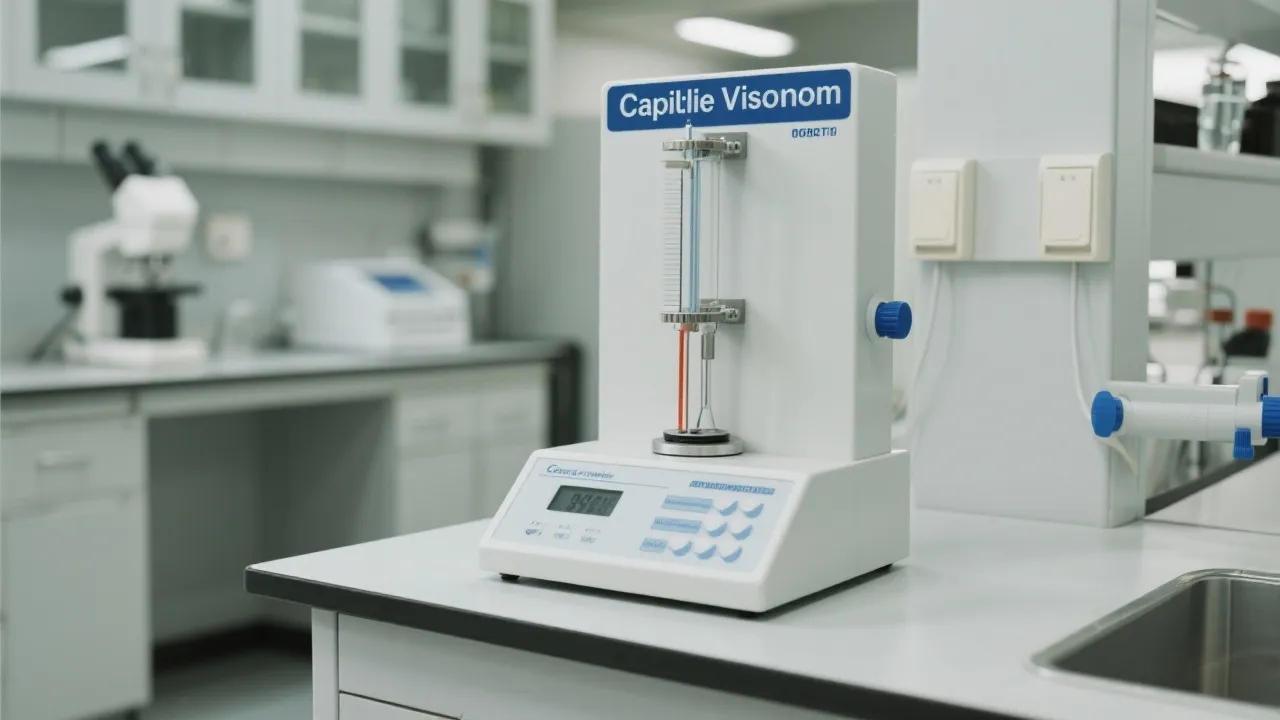
Introduction to Capillary Viscometer
The capillary viscometer is an instrumental device used to measure the viscosity of a liquid. Viscosity, a fundamental property influencing fluid flow, is a critical parameter in numerous industries such as pharmaceuticals, petrochemicals, and food and beverage production. By employing a capillary viscometer, professionals obtain precise measurements essential for ensuring the quality and consistency of products. The importance of viscosity in these fields cannot be understated, as it affects everything from the efficacy of medications to the overall sensory experience of food products.
How Capillary Viscometers Work
Capillary viscometers operate on the foundational principle of measuring the time taken for a set volume of fluid to flow through a narrow tube or capillary. The time measurement, combined with the dimensions of the capillary and the density of the fluid, allows the calculation of viscosity. These devices come in several designs, including U-tube and Ostwald viscometers, each offering distinctive features suited to specific applications. The measurement process typically involves the fluid being drawn into the capillary tube by gravity or a vacuum. Once the fluid reaches a certain mark, the stopwatch is started, and the time taken for the fluid to pass between two defined points is recorded. This simple yet effective method provides the data necessary for calculating viscosity using established equations, often stemming from Poiseuille’s law.
Different Types of Capillary Viscometers
Capillary viscometers can be categorized into several types based on their design and application:
- U-tube Viscometers: One of the very common designs utilized in laboratories, known for its accuracy and simplicity. U-tube viscometers measure the difference in height of the liquid between two arms of the tube, offering reliable results for a wide range of liquids.
- Ostwald Viscometers: These are known for their ability to measure the viscosity of newtonian fluids precisely, often used in academic settings. The design includes a small reservoir that fills a capillary and allows for easy manipulation of various fluid types.
- Ubbelohde Viscometers: Specifically used for determining kinematic viscosity, they enable measurements without the need to calibrate against a standard fluid. Ubbelohde viscometers provide high accuracy and reliability, making them a popular choice in research laboratories.
- Rotational Viscometers: Though not strictly capillary viscometers, many laboratories utilize rotational viscometers for a comprehensive assessment of viscosity. These measure viscosity through a rotating cylinder that interacts with the fluid, providing data on both dynamic and kinematic viscosity.
Applications Across Industries
The capillary viscometer is indispensable across various sectors:
- Oil and Gas Industry: In this sector, accurate viscosity measurements are vital in refining processes and quality control of lubricants and fuels. The viscosity of crude oil, for instance, greatly influences how effectively it can be transported and refined, impacting overall yield and efficiency.
- Pharmaceuticals: Ensuring the correct consistency of both liquid and semi-liquid products is crucial to maintain therapeutic efficacy. For instance, syrups or elixirs must have controlled viscosity to optimize dosage delivery, enhancing patient compliance.
- Food & Beverage: Viscosity affects the texture and taste of foods; thus, it's an essential parameter in quality control. In the production of sauces, dressings, or ice creams, maintaining a specific viscosity can influence consumer perception and acceptance of the final product. Additionally, viscosity plays a crucial role in processes such as mixing, pumping, and pouring during manufacturing.
- Chemical Industry: In chemical manufacturing processes, the viscosity of reactants can affect reaction rates and efficiencies in reactors. Understanding fluid behavior aids in the design of reactors and selection of optimal operating conditions.
- Cosmetics and Personal Care: Products like lotions, creams, and gels require specific viscosity properties to ensure ease of application and customer satisfaction. Capillary viscometers help formulators develop products that not only perform well but also feel good on the skin.
Key Benefits of Capillary Viscometers
Capillary viscometers have several advantages that make them an appealing choice for viscosity measurement:
- High Accuracy: They provide highly accurate viscosity measurements, which are crucial for applications requiring precision.
- Simple Design: The straightforward design of capillary viscometers allows for easy use and handling, making them suitable even for laboratory beginners.
- Cost-Effective: Compared to other complex viscometer types, capillary viscometers are generally less expensive while still providing reliable data.
- Minimal Sample Size Required: Capillary viscometers often require only a small quantity of liquid for measurement, making them ideal for costly or rare samples.
- Diverse Applications: Their versatility enables usage across various fields, including materials science, biotechnology, and environmental assessments.
Limitations of Capillary Viscometers
While capillary viscometers offer numerous advantages, they also possess certain limitations that users must be aware of:
- Temperature Sensitivity: The viscosity of liquids is highly dependent on temperature, and any fluctuation can lead to measurement inaccuracies. Thus, temperature control becomes crucial during the measurement process.
- Principal Usage Restrictions: Capillary viscometers primarily measure newtonian fluids. Their use with non-newtonian fluids is limited unless specialized methods and operational adjustments are adopted.
- Viscosity Range Limitations: These devices are suitable for a specific range of viscosities. Extremely viscous or very low-viscosity fluids may not yield accurate results due to the limitations of capillary flow.
- Maintenance Requirements: Regular cleaning and maintenance are essential to ensure that the capillary remains unobstructed and provides accurate readings.
FAQs
Q: Why is viscosity an important parameter in industries?
A: Viscosity affects the flow and functional properties of products, influencing both manufacturing processes and product performance. Inadequate viscosity can lead to inefficiencies in production, poor product quality, and a higher likelihood of equipment wear and failure.
Q: How is the accuracy of a capillary viscometer ensured?
A: Accuracy is maintained through careful calibration against standard fluids and regular maintenance of the equipment. Furthermore, employing appropriate methodologies for sample preparation can also enhance measuring accuracy.
Q: Can capillary viscometers measure non-newtonian fluids?
A: While primarily designed for newtonian fluids, some viscometers can be adapted for non-newtonian fluids by employing specific methods and calculations. For accurate measurements, specialized setups may be necessary to account for the materials' unique flow characteristics.
Conclusion
The capillary viscometer remains a steadfast tool in scientific and industrial applications, providing precise measurements that are pivotal for advancing product development and maintaining quality standards. Understanding its operation, applications, and the distinctions between various types helps ensure its effective usage in laboratories worldwide. Ongoing advancements and research in fluid dynamics continue to enhance the capabilities of capillary viscometers, contributing to improved methodologies for viscosity measurement and broadening their scope in more complex applications. As industries evolve and demand for product consistency heightens, the role of capillary viscometers will invariably become more crucial in achieving the balance of efficiency, quality, and effectiveness in fluid management.


